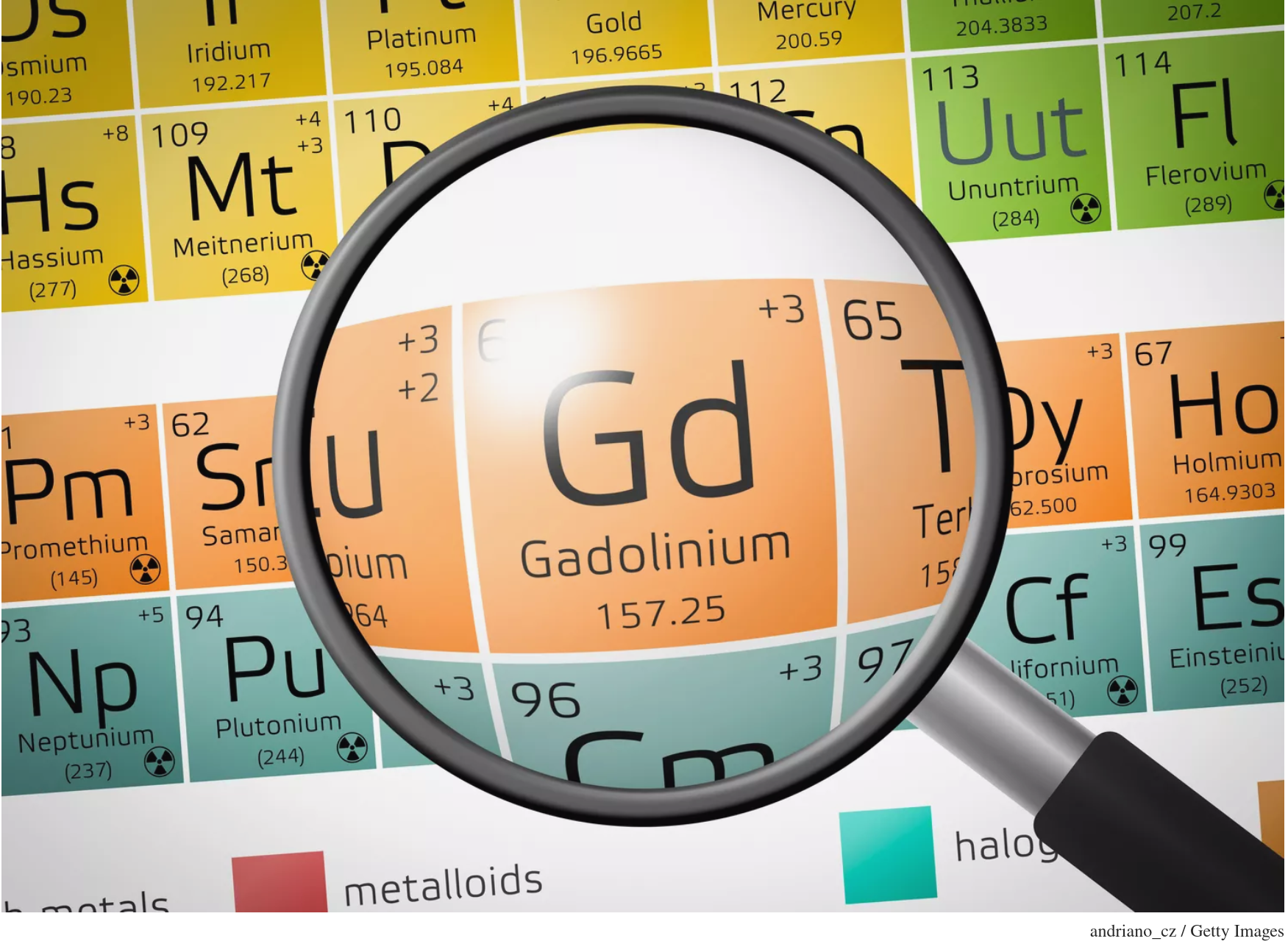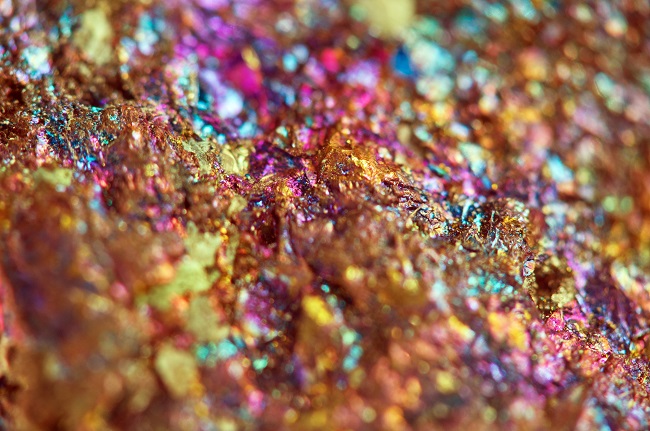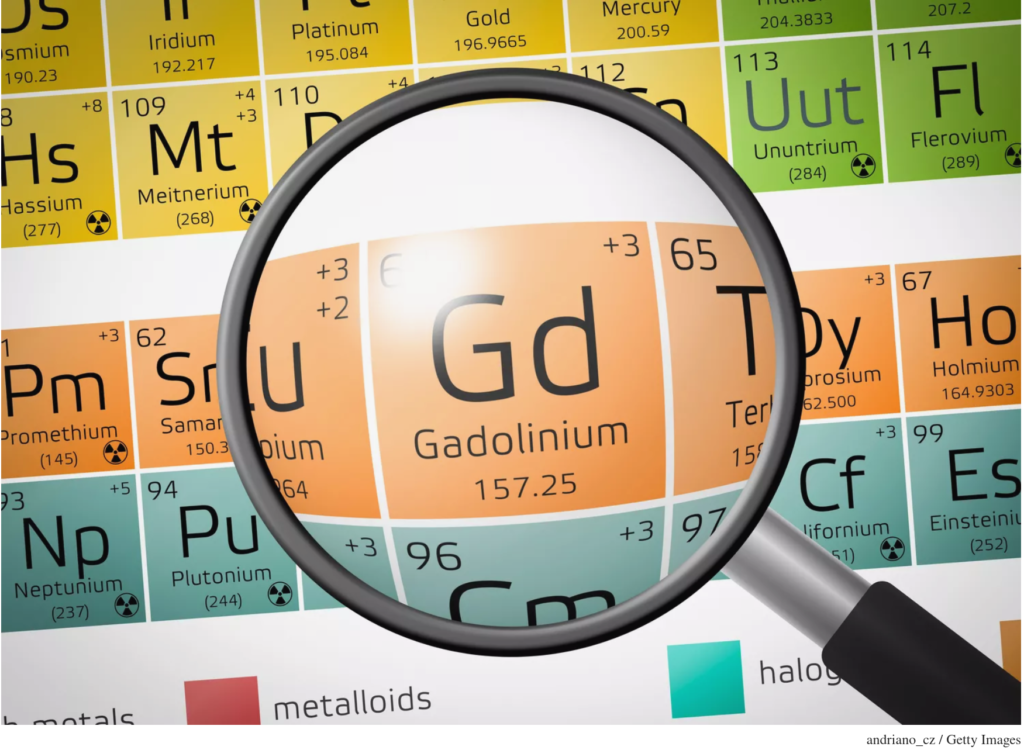Even though it could not be avoided, I still daydreamed about skipping it. I was getting ready to start my last two years of high school, and the curriculum pinpointed chemistry and physics as my greatest hurdles ahead. If I had had a choice, I would have opted for physics as I was already familiar with Einstein’s many discoveries, albeit superficially. On the other hand, chemistry sounded just terrible, with no Einstein equivalent in my tiny world. A few years before, we had already studied the periodic table of elements and even memorized the atomic numbers of the most relevant. I assumed the first year of chemistry would entail a deeper dive into the table. But its name, inorganic chemistry, was a mystery that did not unleash my curiosity.
I must admit we had an excellent chemistry teacher. Always neatly dressed, he was very sharp and could clearly explain the intricacies of the subject. But my brain was not interested. More often than not, I lost track of the proceedings. As the end of the academic year approached, I had failing grades in chemistry, physics and religion. The latter resulted from my constant arguing with the teacher, a former nun, repeatedly demanding proof of God’s existence. I did not get Physics as the covered subjects had more to do with Newton than Einstein. A bitter disappointment.
Back then, a couple of decades before the divine advent of the Internet, failing three subjects meant having to redo the whole year, thus saying goodbye to longtime classmates and friends with tears swamping sad eyes. Now, that did unleash my curiosity while demanding immediate action. I knew physics and religion were already beyond redemption and was longingly expecting the make-up courses offered during end-of-year vacations. My only chance was to tackle chemistry head-on. That required scoring 90 percent on the final exam to get a passing grade.
I had three weeks to prepare before the final. I studied ten to twelve hours a day, like never before, trying to make up for the vast terrain I had refused to walk calmly through in the previous nine months. On the day of the exam, I was a nervous wreck. But when I saw the exam questionnaire, I knew my chances were excellent. And then, the wait started. A week or so later, I was celebrating. I aced the exam. I got the highest grade, even beating the class genius, who gracefully congratulated me. He could not believe it, however. Me neither. In any case, his demeanor toward me made a 180, from utter disdain to hard-earned respect.
The following year, organic chemistry was a walk in the park, as were most other subjects. I suppose the ultimate challenge posed by inorganic chemistry taught me how to study and learn. However, I do not recall any mentions of minor or rare metals during my time at school or afterward. But I was not the only one. Indeed, very few were paying attention until 2010, when a geopolitical dispute brought this particular group of metals to the forefront. It has now become one of the contentious topics of the US-driven Cold War 2.0, the digital version of the first. Fireworks might start soon, too.
It is also a bit surprising that many academic and other publications on digital technologies either ignore their links to such metals or treat them in passing. One of the most notable exceptions is Crawford’s AI book, which connects all the dots, starting with mining in rich and poor countries. On the other hand, books by Borges De Lima & Leal Filho, Abraham and Pitron provide rich information on the various aspects of minor metals production and more.
Perhaps one of the most surprising aspects of this field is the lack of agreement on terminology. Indeed, we are all familiar with “precious metals,” totally unrelated to rare metals. Of the 118 elements in the periodic table, only 18 are non-metals or 15.2 percent of the total. The rest (100) are divided into metals (93) and metalloids (7). The former, in turn, comprises six subcategories, with the so-called “transition metals” having the largest membership (40 elements) and including “precious metals” such as gold and silver.
Nevertheless, “rare metals” have no direct representation in the periodic table as their component elements are not necessarily chemically related. So, in principle, any metal or metalloid could be part of this group. Moreover, “rare” is used in four different yet related ways. First, to suggest that these metals are not as frequently used as other, more popular metals. Second, to pinpoint that their practical use requires only small quantities. Third, it indicates that finding them is not usually trivial. And four, to acknowledge that extracting them from mines and ores can be highly complex and costly.
In this light, the interaction between humans and this group of metals seems to be one of its defining characteristics. The term “minor metals,” coined by the Minor Metals Trade Association (MMTA), can be helpful because it acknowledges the issue’s complexity. Indeed, minor metals are also referred to as strategic metals, technology metals, techmetal groups, by-product metals, conflict minerals, and critical raw materials (CRMs). The latter seems to be the preferred term for national states, many of which have issued their own CRM lists. Nevertheless, conflict metals and CRMs often include some precious metals, as well as others that do not belong to the minor metals club. So, orthogonality among these categories is still a pipedream.
Rare Earth Elements (REEs) are a particular case comprising all 15 lanthanoid metals, which have very cool names, plus two “transition metals,” scandium and yttrium. These 17 elements have similar chemical properties and are usually found together in ore deposits. Here, the term ‘rare’ is used in accordance with the third and fourth meanings previously discussed. That is, REEs are rare not because they are scarce but due to their accessibility and extraction costs. REEs are considered a subset of minor metals whose unique properties are fundamental to the development of consumer electronics, electric vehicles (EVs), catalytic converters, medical devices, and clean energy. According to the minor metal categorization, REEs will be part of the technology metals and techmetal groups.
The relevance of minor metals to the world economy is indisputable, and their uneven distribution is a matter of geopolitical competition and rivalry. As mentioned above, minor metals are vital to developing the digital economy and critical ingredients for its greening in production and consumption. The dark side in both cases stems from the mining requirements that might not only increase CO₂ emissions but also have a large ecological footprint, negatively impacting local environments and communities. The minor metal books previously cited include numerous examples depicting these challenges.
Moreover, minor metals are everywhere, yet we never see them directly, unlike the more attractive precious metals. Mobile phones, laptops and computers, integrated circuits, LED and LCD devices, fiber optics, EVs, jet engines, gas turbines, solar panels and wind turbines, batteries of all sorts, capacitors and high-power resistors, alloy enhancements, and MRIs, among many others, all have rare metal imprints.
Some of us have even received an REE (Gadolinium, Gd) during an MRI with contrast. I have had a few of these in the last few years. When prescribed, the noisy procedure becomes even longer than usual. The first part consists of the regular MRI. Once completed, we get a shot of Ga into our veins to increase contrast and obtain sharper images. Once the Ga starts to enter, I usually feel a bit colder than usual. But that’s about it. Side effects may vary from patient to patient, but I have never experienced them. However, I accidentally had these tests early in the morning before my daily run. In all cases, I was able to run not only faster but also longer with less effort than I would have otherwise. It felt like doping. I was pleasantly surprised and decided to check with medical practitioners. They were surprised by my experience but had no explanation. I have not done additional research on the topic. In any case, I will not report my findings to the World Anti-Doping Agency, WADA.
Raúl



